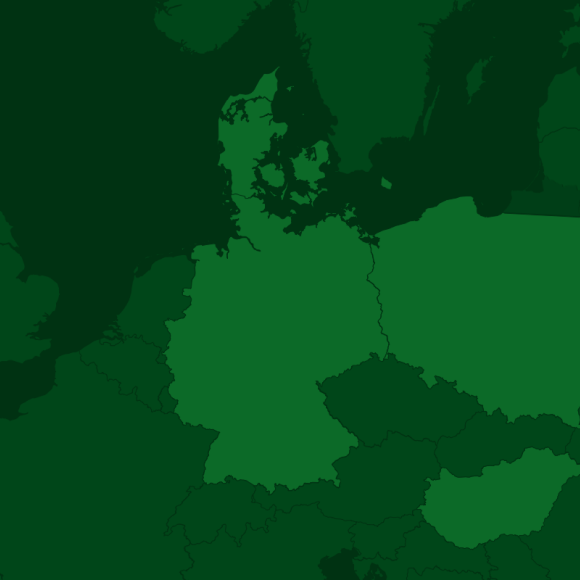District heating company Fjernvarme Horsens A/S and Innargi A/S have entered into an agreement to investigate the possibilities of establishing geothermal energy for district heating. Fjernvarme Horsens requires heat for its expanding customer base, while Innargi anticipates that the subsurface beneath Horsens presents favorable opportunities for geothermal energy development.
Fjernvarme Horsens has tripled its customer base in ten years. In line with the city council’s goal to reduce the city’s carbon footprint by transitioning gas customers to district heating, the number of district heating connections has increased from 8,200 to over 22,000, with more expected.
“We need more green district heating in Horsens in the future, when we get even more new customers. It is important to utilize various heat sources to maintain a stable heat supply and attractive pricing for customers. Geothermal energy is an interesting option if the price is right.”
“The geological data we have already reviewed suggest that the subsurface beneath Horsens is well-suited for geothermal energy. Additionally, this project has geographical ties to our major project in Aarhus and our collaborative development with the district heating company in Skanderborg. Therefore, I hope that together we can develop an attractive project for the district heating consumers in Horsens.”
Additional information
Fjernvarme Horsens A/S: Christian Niederbockstruck, Mobile (+45) 20 99 25 36, e-mail: chn@fjho.dk
Innargi A/S: Asbjørn Haugstrup, mobile (+45) 26 72 94 21, e-mail haugstrup@innargi.com
